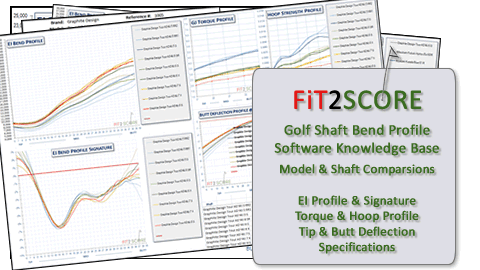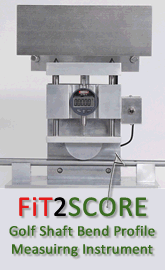LA GOLF Bryson Signature Series Driver Shaft Review
 By Russ Ryden, Fit2Score, A Dallas Fort Worth Club Fitter & Club Maker
By Russ Ryden, Fit2Score, A Dallas Fort Worth Club Fitter & Club Maker
The Highlands Performance Golf Center, Carrollton Texas
Golf Digest Certified America’s 100 Best Club Fitter
![]()
The LA Golf Bryson Signature is a radical change from the Trono, the past shaft designed for Bryson. Bryson works closely with the new shaft designer at LA Golf and I am told he is in search of more feel and is less inclined toward the super stiff shafts he once favored.
To continue reading this section of the review, you must be registered at a higher level membership.
Russ






